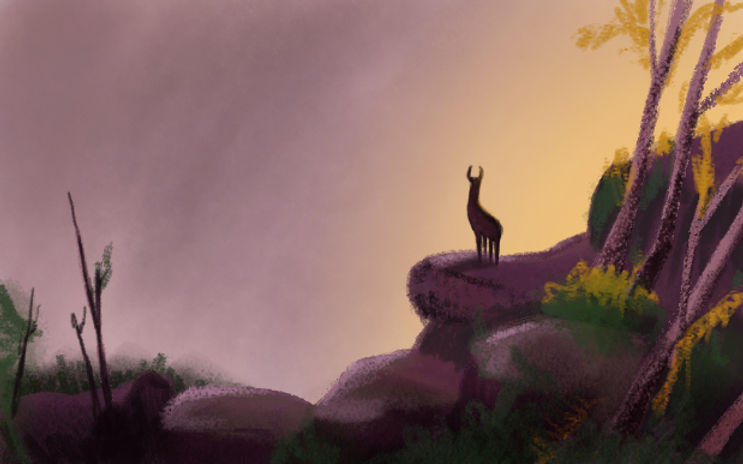
FOONG MEI
Animation Innovation
VFX indusry is always facing a commercial challenge and it has to push the limit boundaries of creativity all the time. However with the new softwares and technologies, the potential to grow even further is possible.
Softwares and technology which currently used in VFX industry.
Nuke, Houdini, Fusion7, Shake, Smoke : composting sofwares
Aspera, CineSync, Shotgun : transfering post production data across the globe
Assisted Breakout : Semi automated extraction of VFX elements
Bibliography
https://www.blackmagicdesign.com/products/fusion/vfx
http://www.primefocusworld.com/advancing-stereo-technology/
http://cinefex.com/blog/innovation/
https://www.shotgunsoftware.com/features/#section-feature-review
The new invention in VFX industry is the innovation. There are new technologies and new techniques that make live projection works. With the new softwares, the potential to create digital human or digital double is not an issue anymore for example motion capture. Motion capture is where you can create visual effects directly from the camera itself like facial expression and body movement. The potential for VFX industry to grow is huge when there are a lot creative ideas out there.
In VFX production pipeline, the management of the project like budgets, time frame is the core of completion. In order to manage the project fluently, new sofwares tools like Aspera, Cinesyn and Shotgun allow the data to transfer across the globe. Hence it is not a major problem for company to set up new company in another countries to enjoy the tax relief and getting funds. Tools such as Katana from The Foundry, and the developing Universal Scene Description from Pixar, allow massive permutations of data to be treated as simple database queries. Also computing power is available the cloud, so resources can scale up and down on a per needs basis. (Sam Hodge, CG Supervisor, Rising Sun Pictures)
In the future, the possibility of live action deep compositing where the film camera have the ability to create a per frame per scan of the actors and the environment and store it within the data is a great advantage. When the system is created in the future, the artist will not have to do the painstacking of rotoscoping as the data information is detail enough to capture hair and differentiate between transparent objects, we can eliminate the need for blue screens or green screens. (Geoff Scott, VFX Supervisor, Intelligent Creatures)
Sony is developing a system which analyses the textures to access materials properties during the scanning process which included to the final shader and lighting passes. This system will seed up the process rather than the need to create the passes like specular, ambient, reflection, refraction, which is time consuming.
LiDAR (Light Detection And Ranging) technology uses light sensors to measure the distance between the sensor and the target object. From an aircraft this includes objects such as the ground, buildings and vegetation. For ground based LiDAR it measures building fronts and street furniture in extreme detail. With the latest technologies it is also possible to obtain colour values of the scanned surface to create an automatically texturered model.
In conclusion, colaborative working will become more and more common place. Real world data capture will continue to improve until a time where composting will be instant, seamless and in the current vernacular. Stimulations will also becoming more complex. The future of the VFX depends on how far creativities of artist and R&D department to develope new technologies and softwares.
Advancing Stereo Technology by Prime Focus World
AssistedBreakout™ is a semi-automated tool for the simplification of VFX megacomps and the extraction of elements for the conversion process, saving our clients time and money while maintaining the best quality visual effects in the stereo result.
Nuke by The Foundry
A scompositing softwares with powerful node based VFX, editorial & finishing tools.
CineSync : Real time video synchronization
where artists could keep track on their workflow no matter which part of the globe they stay in.



